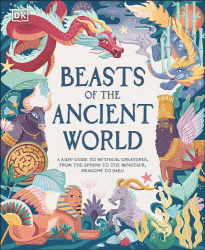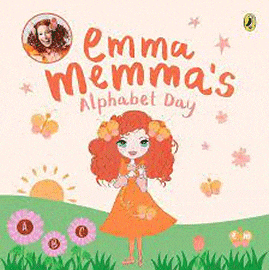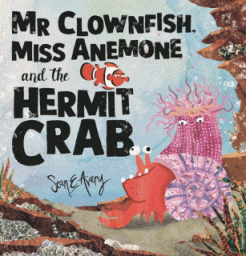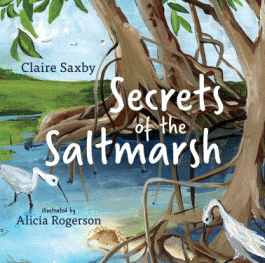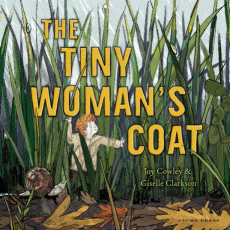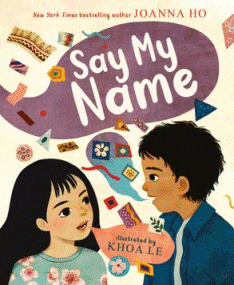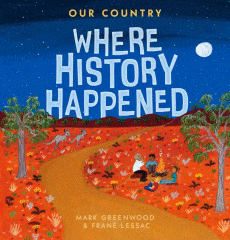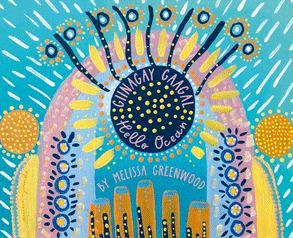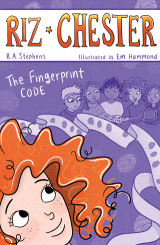
Always Never Always
Always Never Always
Meg McKinlay
Leila Rudge
Walker Books, 2023
32pp., hbk., RRP $A25.99
9781760655204
Always follow secret tracks –
the paths that wind and wend through cracks.
Never worry where they go.
When you get there, then you’ll know.
If ever there were an example of the symbiosis between the text of a picture book and its illustrations, then this would be it.
While the words offer advice and guidance that encourage the young child to be open to exploring their world, using their imagination and seeing and appreciating its wonders, particularly those right in front of them, the pictures take a young girl on an adventure with her wind-up duck following what ever opens up before them.
Always take time to look on every cranny, every nook
Never go so fast you miss important things like that and this…
Written in rhyme that carries the metaphor of moving forward on life’s journey as we must, it encourages the young child to take the next step but there is always a word of caution to temper what could become reckless…
Always test a secret door. And keep that key! There could be more!)
Never close it at your back, but leave it open just a crack.
There is so much meaning that could be taken from lines like these beyond the illustration of the young girl opening a door in a vast, vine-entwined tree trunk opening opportunities for older readers to compare literal and figurative language. Added to this is the image of the key used on both the endpapers and throughout the book, suggesting that there is so much in life that can be unlocked so what appears on the surface to be a book for young readers itself unlocks a lot of lessons for those a bit older.
